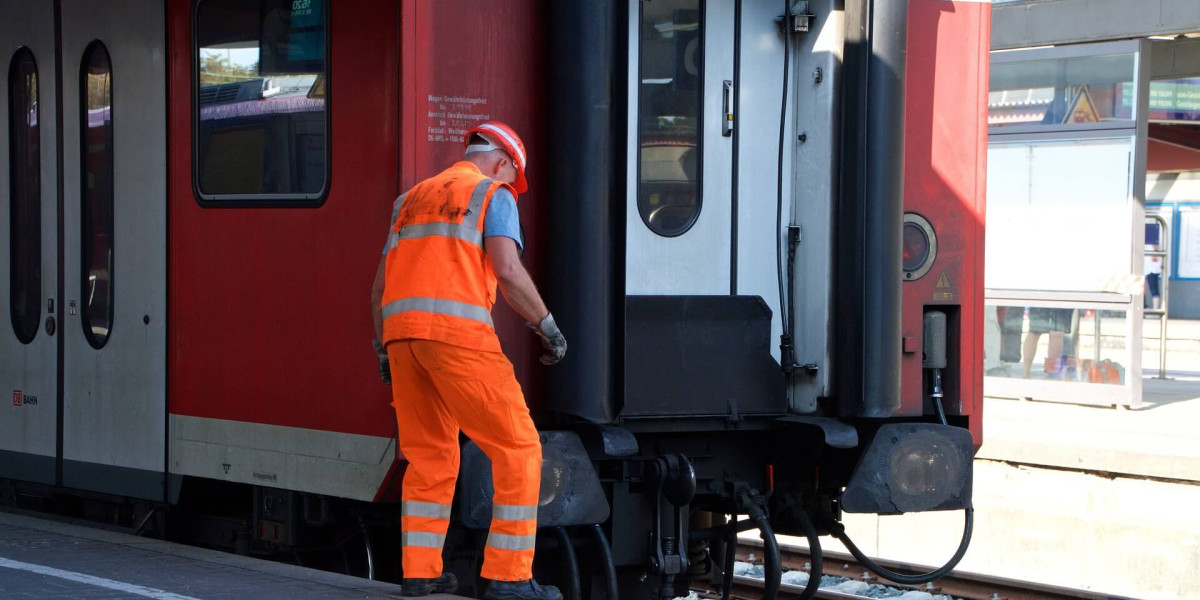Linear slide rails play a significant role in enabling controlled linear motion in machinery. They typically consist of a rigid rail and a sliding carriage, which moves along the rail’s length. The materials used for linear slide rails, such as hardened steel or anodized aluminum, contribute to long-term durability and reliability.
These rails are widely used in manufacturing equipment, laboratory instruments, and automated production lines. By guiding moving components with minimal friction, linear slide rails help maintain precision in operations where accurate positioning is essential. Many systems integrate rolling elements inside the carriage to further enhance smooth motion.
The design of linear slide rails allows for flexibility in installation. Rails can be mounted in various orientations depending on the mechanical setup, and multiple rails can be used together for supporting heavier loads or extending travel distance. Carriage designs may differ, with options for single or multiple rows of rolling elements to match load requirements.
Maintaining linear slide rails is relatively simple but crucial for performance. Cleaning the rails regularly removes particles that could interfere with movement, while periodic lubrication helps reduce wear. Correct maintenance can improve the operational lifespan of the rail system and prevent unexpected downtime.
Linear slide rails are also applied in precision measurement devices, camera sliders, and medical automation systems. Their ability to provide consistent, stable movement makes them a valuable component in any equipment requiring linear motion. Proper selection and maintenance ensure that the rail delivers reliable performance across various applications.







